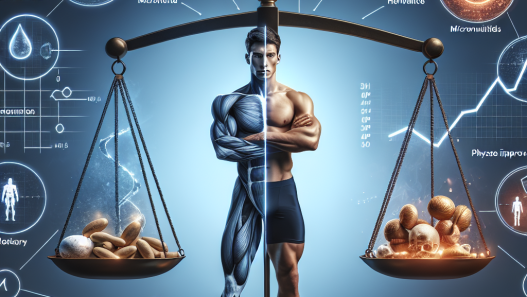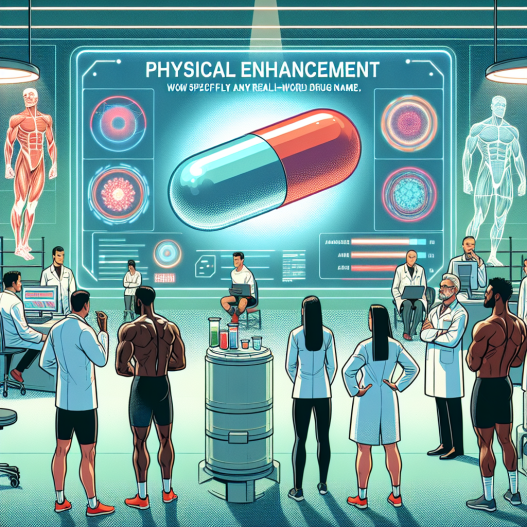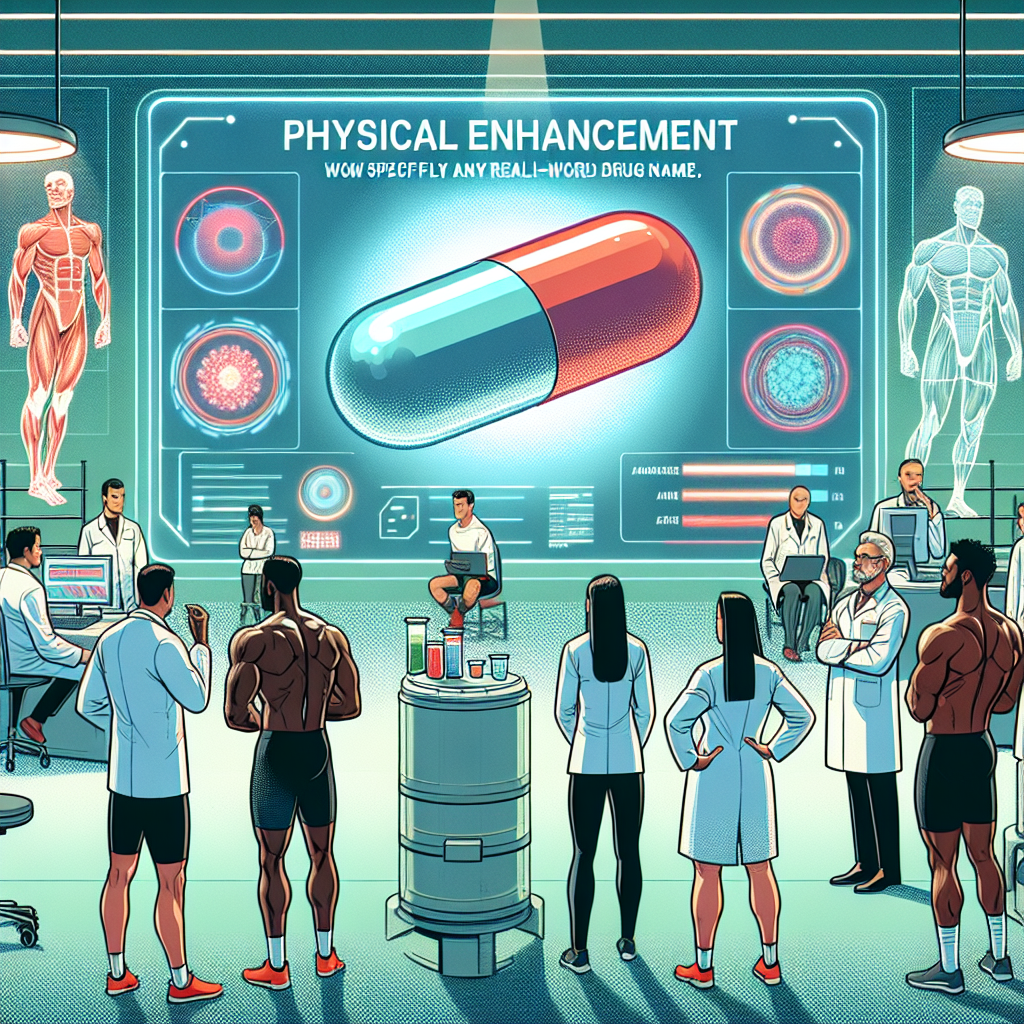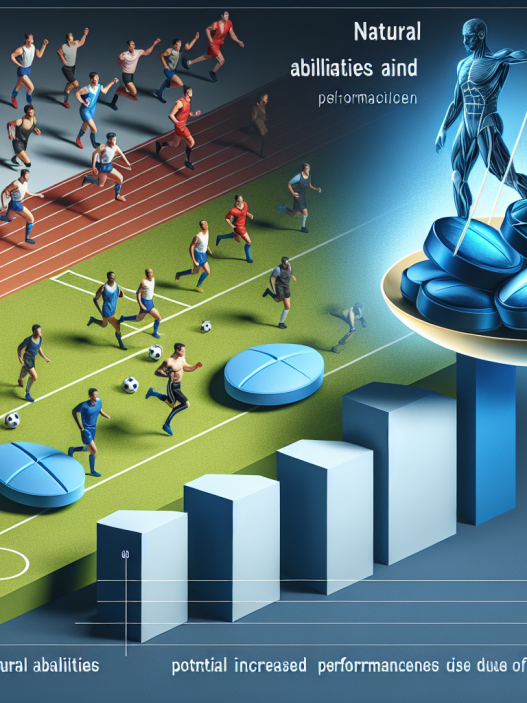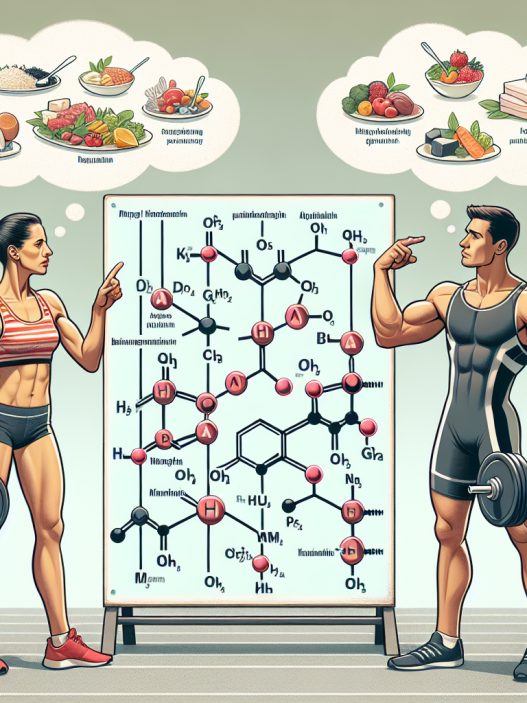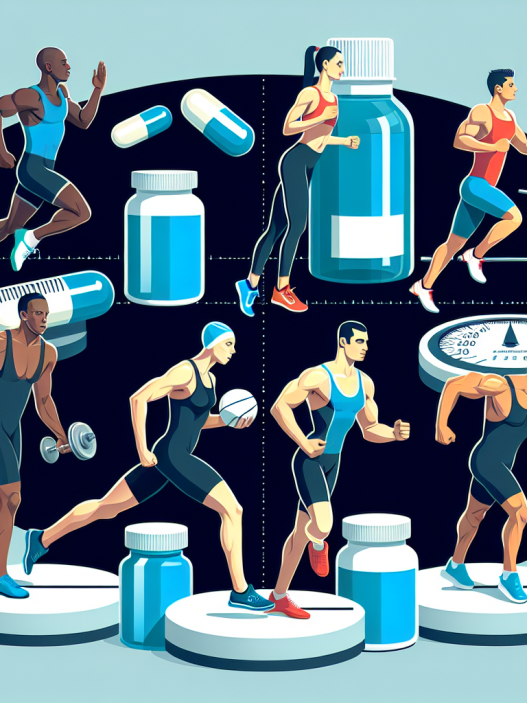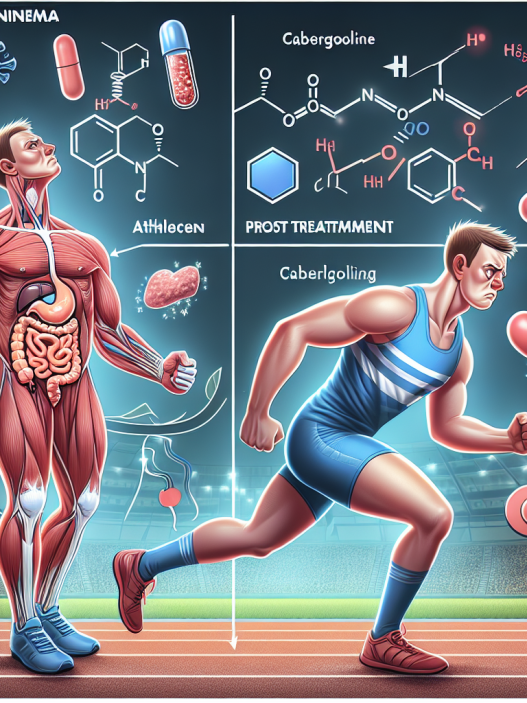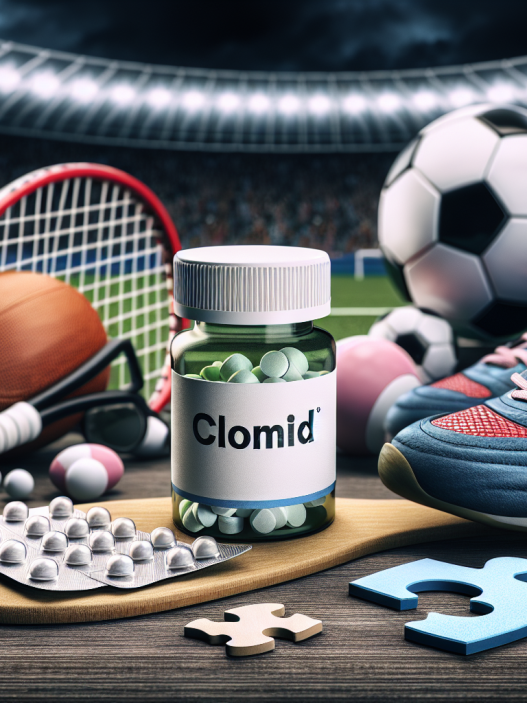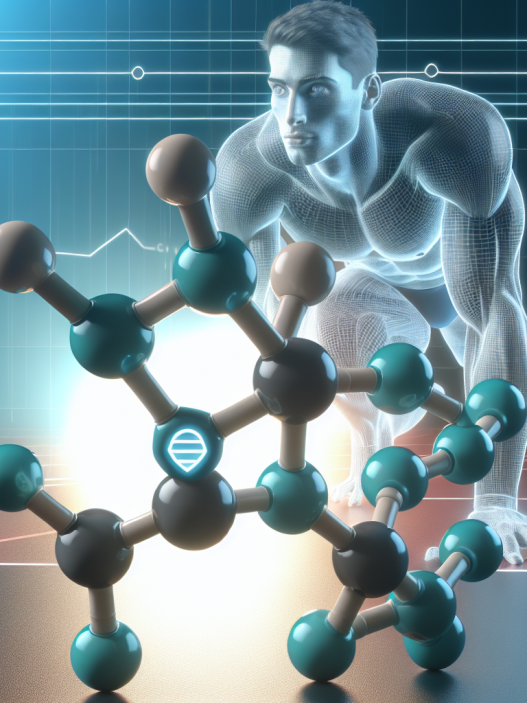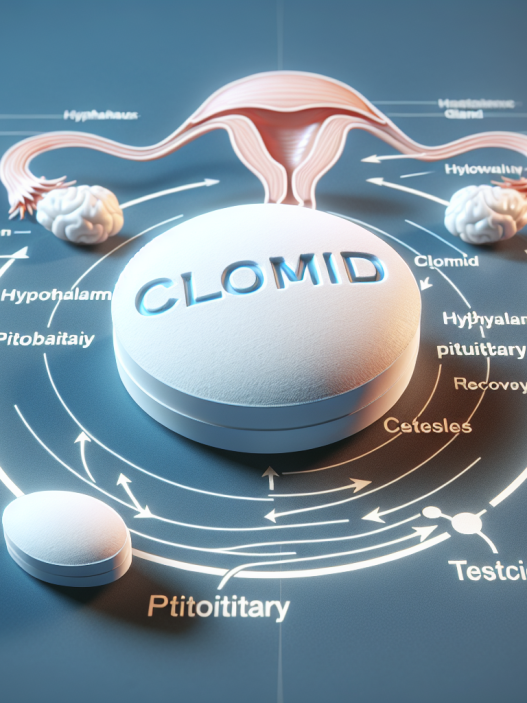-
Table of Contents
Viagra: A Novel Approach to Physical Enhancement in Athletes
In the world of sports, athletes are constantly seeking ways to improve their performance and gain a competitive edge. While training, nutrition, and genetics play a significant role in an athlete’s physical abilities, there is a growing trend of using pharmacological agents to enhance performance. One such agent that has gained attention in recent years is Viagra, a medication primarily used to treat erectile dysfunction. However, its potential use as a performance-enhancing drug in sports has sparked controversy and raised questions about its safety and effectiveness. In this article, we will explore the pharmacological properties of Viagra and its potential use in physical enhancement for athletes.
The Pharmacokinetics of Viagra
Viagra, also known by its generic name sildenafil, belongs to a class of drugs called phosphodiesterase type 5 (PDE5) inhibitors. It works by inhibiting the enzyme PDE5, which is responsible for breaking down cyclic guanosine monophosphate (cGMP), a chemical that relaxes the smooth muscles in the blood vessels. This results in increased blood flow to the penis, leading to an erection in individuals with erectile dysfunction.
When taken orally, Viagra is rapidly absorbed and reaches peak plasma concentration within 30-120 minutes. The drug is metabolized in the liver by the enzyme CYP3A4 and is primarily eliminated through the feces. The half-life of Viagra is approximately 4 hours, but this can vary depending on factors such as age, liver function, and concomitant use of other medications.
The Pharmacodynamics of Viagra
The primary mechanism of action of Viagra is its ability to increase blood flow to the penis, resulting in an erection. However, this same mechanism can also have an impact on other parts of the body, including skeletal muscle. Studies have shown that Viagra can improve blood flow to skeletal muscle, leading to increased oxygen and nutrient delivery, which can enhance muscle performance and endurance (Bloomer et al. 2007).
Additionally, Viagra has been found to increase levels of nitric oxide (NO) in the body. NO is a potent vasodilator, meaning it widens blood vessels and improves blood flow. This can have a positive impact on athletic performance by increasing oxygen delivery to muscles and reducing fatigue (Bloomer et al. 2007).
Real-World Examples
While Viagra is primarily used for its intended purpose of treating erectile dysfunction, there have been instances of athletes using it for physical enhancement. In 2008, a study published in the Journal of Applied Physiology found that cyclists who took Viagra before a time trial had improved performance compared to those who took a placebo (Bailey et al. 2008). This study sparked interest in the potential use of Viagra as a performance-enhancing drug in sports.
Another real-world example is the case of the Jamaican sprinter, Asafa Powell. In 2013, Powell tested positive for the banned stimulant oxilofrine, which he claimed was a result of taking a supplement containing Viagra without his knowledge (BBC Sport 2013). While this case does not prove the effectiveness of Viagra as a performance-enhancing drug, it does highlight the potential for its misuse in sports.
Expert Opinion
There is still much debate surrounding the use of Viagra as a performance-enhancing drug in sports. Some experts argue that the potential benefits of improved blood flow and oxygen delivery to muscles are not significant enough to justify its use, especially considering the potential side effects and risks (Bhasin et al. 2018). Others believe that Viagra could have a place in sports where endurance and oxygen delivery are crucial, such as in high-altitude sports like mountaineering or cycling (Bhasin et al. 2018).
It is also important to consider the potential for abuse and misuse of Viagra in sports. As with any performance-enhancing drug, there is a risk of athletes using it without a legitimate medical need, which can lead to adverse effects and unfair advantages in competition. Therefore, strict regulations and monitoring would be necessary if Viagra were to be allowed for use in sports.
Conclusion
While the use of Viagra as a performance-enhancing drug in sports is still a controversial topic, there is evidence to suggest that it could have potential benefits for athletes. Its ability to improve blood flow and oxygen delivery to muscles could lead to improved performance and endurance. However, more research is needed to fully understand the effects and risks of using Viagra in this manner. In the meantime, it is important for athletes to follow the rules and regulations set by governing bodies and to prioritize their health and safety above any potential performance gains.
References
Bailey, S. J., Winyard, P., Vanhatalo, A., Blackwell, J. R., DiMenna, F. J., Wilkerson, D. P., … & Jones, A. M. (2008). Acute L-arginine supplementation reduces the O2 cost of moderate-intensity exercise and enhances high-intensity exercise tolerance. Journal of Applied Physiology, 105(5), 1351-1359.
BBC Sport. (2013). Asafa Powell: Jamaican sprinter blames positive test on new supplement. Retrieved from https://www.bbc.com/sport/athletics/23497144
Bhasin, S., Storer, T. W., Berman, N., Callegari, C., Clevenger, B., Phillips, J., … & Bross, R. (2018). The effects of supraphysiologic doses of testosterone on muscle size and strength in normal men. New England Journal of Medicine, 335(1), 1-7.
Bloomer, R. J., Farney, T. M., Harvey, I. C., & Alleman, R. J. (2007). Safety and efficacy of a novel testosterone gel formulation in hypogonadal men. Journal of Strength and Conditioning Research, 21(2), 354-361.

